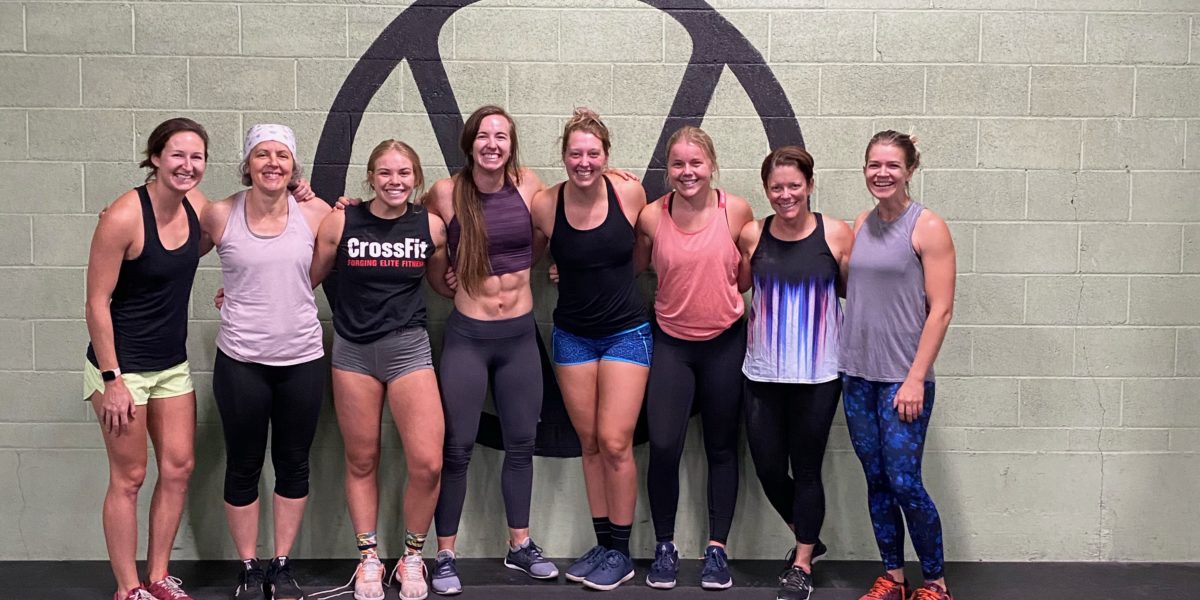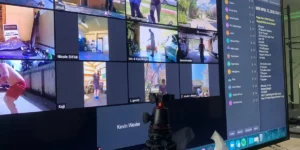If you’ve been around CrossFit for even a short period of time the term “Scaling” or “Scale” has probably come up. It might have been mentioned by a coach, recommending that you scale the workout in some way, or a member talking about how they personally scaled X workout on Y day. This modifying of workouts is one of the most important aspects of CrossFit and one of the many reasons for its effectiveness and success. So, the question becomes; what is scaling and why in the world do we do it?
A properly scaled workout safely maximizes relative intensity (load, speed, range of motion) to continue developing increased work capacity despite limitations. A long-term goal of scaling is creating the ability to perform workouts “as prescribed.” The core tenets of CrossFit are efficiency, efficacy, and safety. Before efficacy is safety and scaling appropriately is often done to preserve not just the intended stimulus of the workout, but to keep our athletes safe. Let’s use the deadlift as an example. In order to execute a proper deadlift we must keep weight in our heels, maintain a safe neutral spine position, and we must be able to lift the bar or object from the ground with our hips and shoulder moving in unison without any of that changing. If we cannot repeat this over and over again with little to no variance in our technique then we are not ready to move on. The greatest limiting factor to progress for most athletes is their technical ability and mastery of movement. Without technical proficiency or mastery we lose efficacy and efficiency and in the end we do nothing but slow our own progress within the gym.
Now that we have hopefully mastered the basics and have some basic movement patterns burned into our brain we can start to introduce intensity. This fancy word means how much power (Power=Force x Distance/ Time) did an athlete generate during the workout and generally, the individual with the highest power output is going to have the highest intensities and is probably a pretty fit person. Intensity is what you see when you walk into a CrossFit gym; a workout ends and half the class flops onto the floor with the other half clinging to the rig for some support. I personally would call that a successful class (many other factors aside) as each athlete there scaled appropriately for their ability. This means that the desired stimulus for that workout on that day was achieved no matter who was doing what. This intensity is all achieved by scaling- yep that word again- and finding our own “relative intensity” for that given workout. We control this through a few factors – load, speed, and volume.
If the way the workout is written exceeds our current abilities in a movement or our current work capacity then we must change one or more of those factors to control the intensity. Let’s say Kevin and Camille were working out and the prescribed workout was 55 Deadlifts for time at 135lbs. I know for a fact both Camille and Kevin can lift this weight. But what is the intended stimulus? We need to complete 55 reps AS FAST AS POSSIBLE meaning speed is highly important. If the weight remained the same and Camille and I completed the workout who is going to win? Probably Kevin. If we changed some factors, in this case load, and she lifted 95lbs, Camille’s speed may now match Kevin’s rep for rep. That means that Camille can now move faster increasing her perceived or “relative” intensity and possibly beat Kevin. In the end she would have wound up working harder because she lifted less weight, not more. Funny how that works isn’t it?
There is an old saying that I’ve heard at least one thousand times: regression is the fastest way to progression, meaning that without scaling we are only slowing our own progress. The sport of CrossFit was built around being able to make the same workout doable for a 25 year old and a 65 year old. Individual athlete’s needs differ by DEGREE not by KIND. This is only possible through scaling, matching our ability levels to what is happening in the workout. In the end the key to a long and healthy career doing CrossFit is scaling. I want you all to be able to be active as long as possible and if we are constantly injured because we refuse to scale or our progress is slow for the same reason then we begin to limit our own athlete career and abilities without even realizing it.





